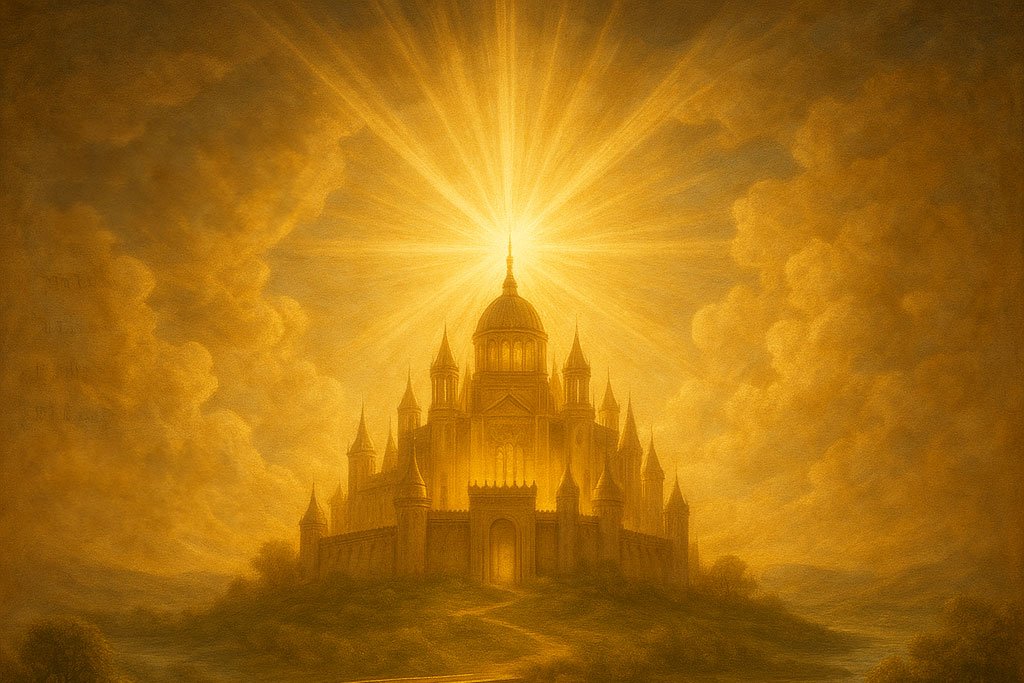The Roman Calendar and Its Changes
How Rome Changed God’s Calendar
Rome, under Julius Caesar, introduced the Julian calendar in 45 BC, replacing the previous lunar-based calendars. This calendar was later modified by Pope Gregory XIII in 1582, resulting in the Gregorian calendar, which is still used today. These changes altered the way months, days, and years were counted, affecting the observance of biblical feasts and Sabbaths.
- God’s Calendar: Based on the lunar cycle, as described in the Bible (Genesis 1:14, Leviticus 23:4-44).
- Roman Calendar: Introduced months named after Roman gods and emperors (e.g., January for Janus, July for Julius Caesar, August for Augustus Caesar).
- Impact: The shift from God’s calendar to the Roman calendar led to the loss of original feast days and Sabbaths, replacing them with Roman festivals and holidays.
Daniel 7:25
“He shall speak great words against the Most High, and shall wear out the saints of the Most High, and think to change times and laws: and they shall be given into his hand until a time and times and the dividing of time.”
Rome’s Influence on Christianity
The Rise of the Papacy
After the fall of the Western Roman Empire, the Bishop of Rome (the Pope) gained increasing power, eventually becoming the head of the Roman Catholic Church. The papacy adopted many Roman customs, titles, and traditions, blending them with Christian teachings.
- Titles: The Pope is called “Pontifex Maximus,” a title used by Roman emperors.
- Traditions: Many Roman festivals and practices were incorporated into Christian worship (e.g., Christmas on December 25, originally a Roman festival for the sun god).
- Authority: The papacy claimed authority over all Christians, enforcing doctrines and practices that differed from the original teachings of Jesus and the apostles.
Revelation 17:4-6
Describes a woman (symbolizing a religious system) arrayed in purple and scarlet, holding a golden cup, drunk with the blood of the saints and martyrs of Jesus—interpreted as a reference to Rome’s persecution of Christians.
Rome’s Persecution of the Saints
Historical Persecution
Rome persecuted Christians for centuries, blaming them for disasters, forcing them to worship Roman gods, and executing them in brutal ways. The Colosseum and other arenas became sites of martyrdom for thousands of believers.
- Nero’s Persecution: Christians were blamed for the Great Fire of Rome in 64 AD and subjected to torture and death.
- Martyrdom: Many early Christians, including apostles and church leaders, were killed for refusing to renounce their faith.
Revelation 18:24
“And in her was found the blood of prophets, and of saints, and of all that were slain upon the earth.”
The Prophetic Role of Rome
Rome as the “False Prophet”
According to the visions and biblical interpretation presented, Rome is identified as the “false prophet” in the Book of Revelation. This role includes:
- Changing God’s laws and calendar
- Persecuting the saints
- Deceiving nations with false teachings and miracles
- Establishing a religious system that opposes the true teachings of Christ
Revelation 19:20
“And the beast was taken, and with him the false prophet that wrought miracles before him, with which he deceived them that had received the mark of the beast, and them that worshipped his image.”
The Call to God’s People
A Warning and an Appeal
The message concludes with a call for believers to seek the truth through the Holy Spirit, to recognize the historical and spiritual role of Rome, and to remain faithful to God’s commandments and original teachings.
- Seek the Holy Spirit: Pray for discernment and understanding.
- Return to God’s Word: Study the Bible and follow God’s original laws and calendar.
- Be Watchful: Recognize the signs of the times and the fulfillment of prophecy.
Revelation 18:4
“And I heard another voice from heaven, saying, Come out of her, my people, that ye be not partakers of her sins, and that ye receive not of her plagues.”
